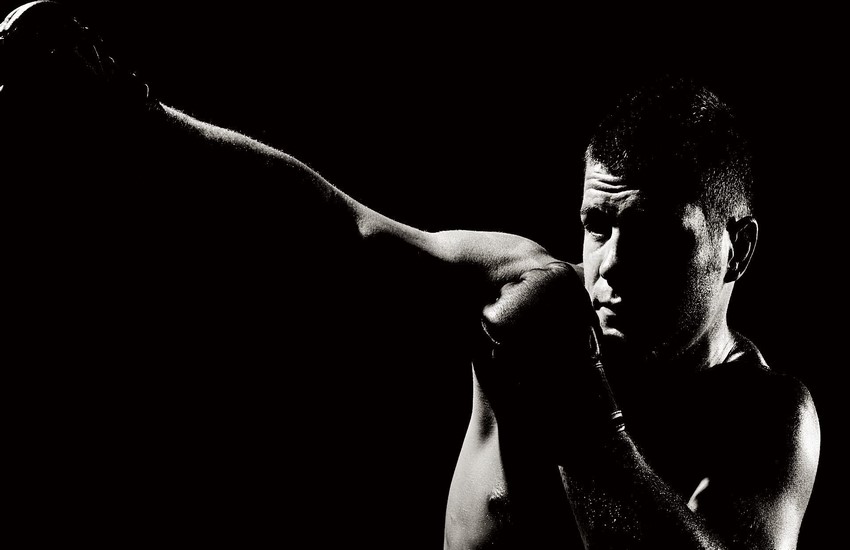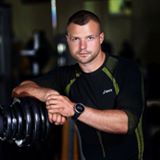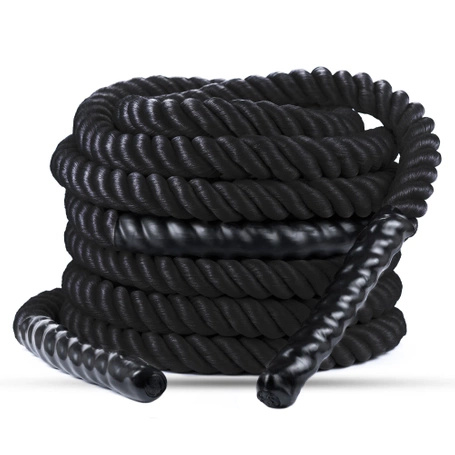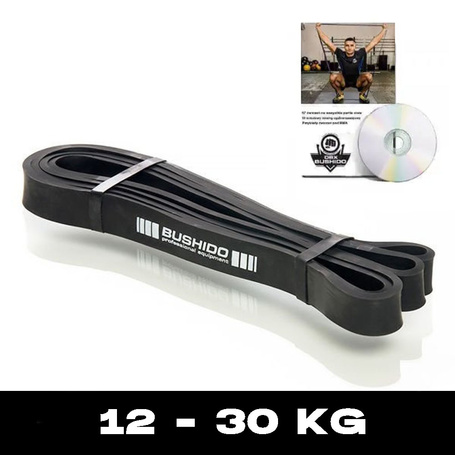Strength training in combat sports - how to train and what mistakes to avoid?

As promised, the second post on the topic of training in combat sports
Today we'll take on strength training and I'll show a ready-made training plan for developing this trait in combat sports. Why is strength so important and why do we need it at all in combat sports ?
I'm already explaining: the stronger you are, the less energy each movement costs you and your opponent finds it much more difficult to push against you (if we are talking about ground combat sports).
In addition, you will be much more explosive and your blows will have the power to demolish buildings.
In addition, strength:
- It is the only motor ability that we can shape all our lives and we have control over it
- It is jointly responsible for our speed, coordination, power, for endurance and even for precision and our health ( research confirms that people with a lot of strength and muscle live longer)
- Strength along with speed are the qualities necessary for the development of dynamics and power.If one of these qualities fails, forget about dynamic strikes and a series of aggressive exchanges in the waltz
- Strength training is the best form of injury protection. Strong muscle always better stabilizes the joint and protects it.If you're just starting out, every workout will be a joint-strengthening experience for you.
If you want strong joints, as is the case for an athlete, then body weight training and unstable ground are not enough.
I point out that conditioning workouts like station circuits are also very important, and I do not negate them. I will describe them in another article but..... Believe me that without strength training, especially if it is a ground fight or MMA, then you will still run out of strength in the fight.
Why?
Note one thing. Asking a fighter who got a rumble in a fight, you will rarely hear something like: he was definitely faster than me or had better stamina. You're more likely to hear something like: this guy was terribly strong. This is known to anyone who has trained in wrestling or pushed someone stronger in the clinch a few times. It requires an awful lot of strength.
Ok, so how to strength train wisely?
Contrary to appearances, it's very simple and there's not much philosophy here. The workout only differs from typical strength training in that here we crank up the intensity as much as possible. Do not rest 2 minutes between series (unless you are going for a record) just work at a higher intensity.
O is an example of training:
Overflying the body on massage roller (fast 4-5 runs on the largest parts of the body) and warm-up 10min on the treadmill
- A1-Mart pull sumo up to the maximum set on a given day (let's say it is 180kg)
- A2-Soldier press 5×5 kg weight 75-80% of maximum weight. (We put the weight on from the ground in the form of an Olympic charge)
- B1- pull-ups with overhand grip 5×5-7 repetitions
- B2- Back squat to the max of the day
- C1-Assistive exercises, e.g., turns with barbell
- C2-Auxiliary exercise, e.g., throwing a ball against a wall
- C3-Transfer of weight e.g.: Farmer's walk Rolling and mobility (if we have it in the plan on a given day)
We do the exercises in a combined series that is, for example(Using exercise A1 and A2 as an example) one repetition at 140kg and we go to soldier press let's say at 60kg and do 5 repetitions Another series is one repetition at 150kg and we go again at 60kg and press it 5 times
What does such training give us?
The fact that we are not focusing on what is important to us, which is the development of relative strength (the ratio of our max in a given exercise to our body weight). We have a higher intensity which allows us to shorten the training time (remember, this is an auxiliary training for you, and the main work you have to do in martial arts training, in addition, by training for a shorter time you do not release as many stress hormones and do not drive yourself into overtraining)
We select auxiliary exercises under the athlete. I personally then perform exercises, for example, on areas that were injured (there was a shoulder injury? I strengthen the deep muscles of the shoulder and rotator cones)
How much to train ?
Here, as usual, I have to use the magic word "depends" If you are in the preparation period and still have plenty of time to fight, train twice a week. This is the optimum that will allow you to reconcile your mat along with your strength development. If the start-up period is approaching, one of the workouts is usually cut at the expense of a station circuit with elements of combat sports and Olympic double-jumping. If strength is not your weak point, but you are limping in combat endurance, it is worthwhile in the preparatory period to throw out strictly strength training altogether, and replace it with strength training in the form of Olympic exercises (you convert the gained strength into power and dynamics), or if you do not know how to perform this type of exercise, then you do a training consisting of bench press, pull-ups, deadlifts and squats.
You arrange a circuit from them and do 5 repetitions in each exercise at, say, 80 percent of your records. Action similar and we learn to transform the gained strength into other motor skills.
You already know my approach to training for combat sports and how I see it. Let me know in the comments if you like it, what you disagree with, and if you decide to do the workout I've laid out, how your impressions are.
Author of the article:
 |
Artur Jobda Personal trainer, nutritionist |
Recommended


